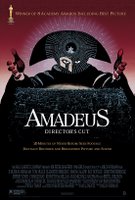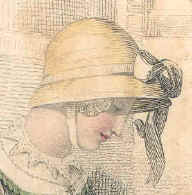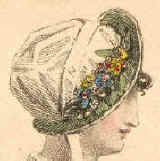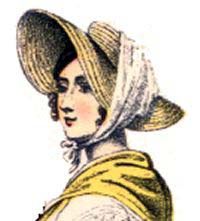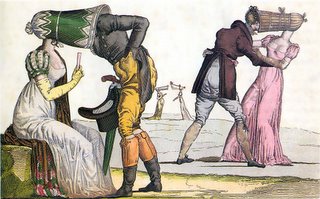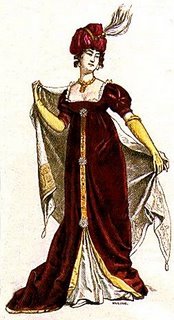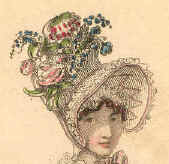
There’s a new film coming out called Tristam Shandy: A Cock And Bull Story, which “attempts to shoot the adaptation of Laurence Sterne‘s essentially unfilmable novel, The Life and Opinions of Tristram Shandy, Gentleman.” Tristam Shandy, if you’ve never read it, is a brilliant, frustrating, hysterical deconstructed novel written in the eighteenth century. It is a totally modern novel, despite being written almost 300 years ago, and Sterne’s ability to play with language and go off on tangents is comparable to twentieth-century masters such as Joyce and Pynchon.
But I’m not hear to blab about the Modern Novel, although at a more erudite time, I probably would be. As I was thinking about the Tristam Shandy movie, and how funny–and oddly true to the book’s spirit–it sounded, I was thinking about other books I read that were “classic” works of literature, and how the movies (with the clear exception of Jane Austen) just don’t evoke the same feel. And let me say there’s nothing I like more than a good–or bad–historical movie. Now, here’s where you can start wracking your brain to find more exceptions on the good side of the equation (Oh, the 1973 Three Musketeers springs to mind, actually–but Dumas was a better storyteller than a writer). Thackeray‘s Vanity Fair toned down the single-minded ruthlessness of Becky Sharpe; Thackeray’s Barry Lyndon was beautiful, but s-l-o-o-w. Henry Fielding‘s Tom Jones did a pretty good job, but lost some of the nuanced jibes that made the book’s narrative so biting (and Fielding was a darn good storyteller, too). 
There have been a few versions of Wuthering Heights, all of which spotlight the oftentimes ridiculous melodrama of Emily Bronte’s prose, but miss the poignant heartbreak and longing of your first crush/obsession. Jonathan Swift‘s Gulliver’s Travels totally missed the scathing satire. There’s also Jane Eyre, A Christmas Carol, the many incarnations of Mary Shelley’s Frankenstein, Laclos’ Dangerous Liaisons (and its wimpy younger brother, Valmont)
(Caveat: Of course there are the A&E/BBC/Other Initialed creations, but they have more than two or three hours to get the job done, so they can stick to the book better.)
Of books that haven’t yet been made into films, I’d suggest Francois Rabelais‘ Gargantua And Pantagruel, a brilliant, bawdy, grotesque, sophmoric, clever book. I also think it’d be fun to read some of those ‘horrid novels’ Regency heroines (and sometimes heroes) are always reading (and sometimes writing) and see if any of those would make fun films.
So here’s where the class participation comes in: What movies have done a good job at bringing a classic novel to life? And what classic books would you like to see made into movies that haven’t been already?
Thanks for recommending some more for my film queue,
Megan
www.meganframpton.com


